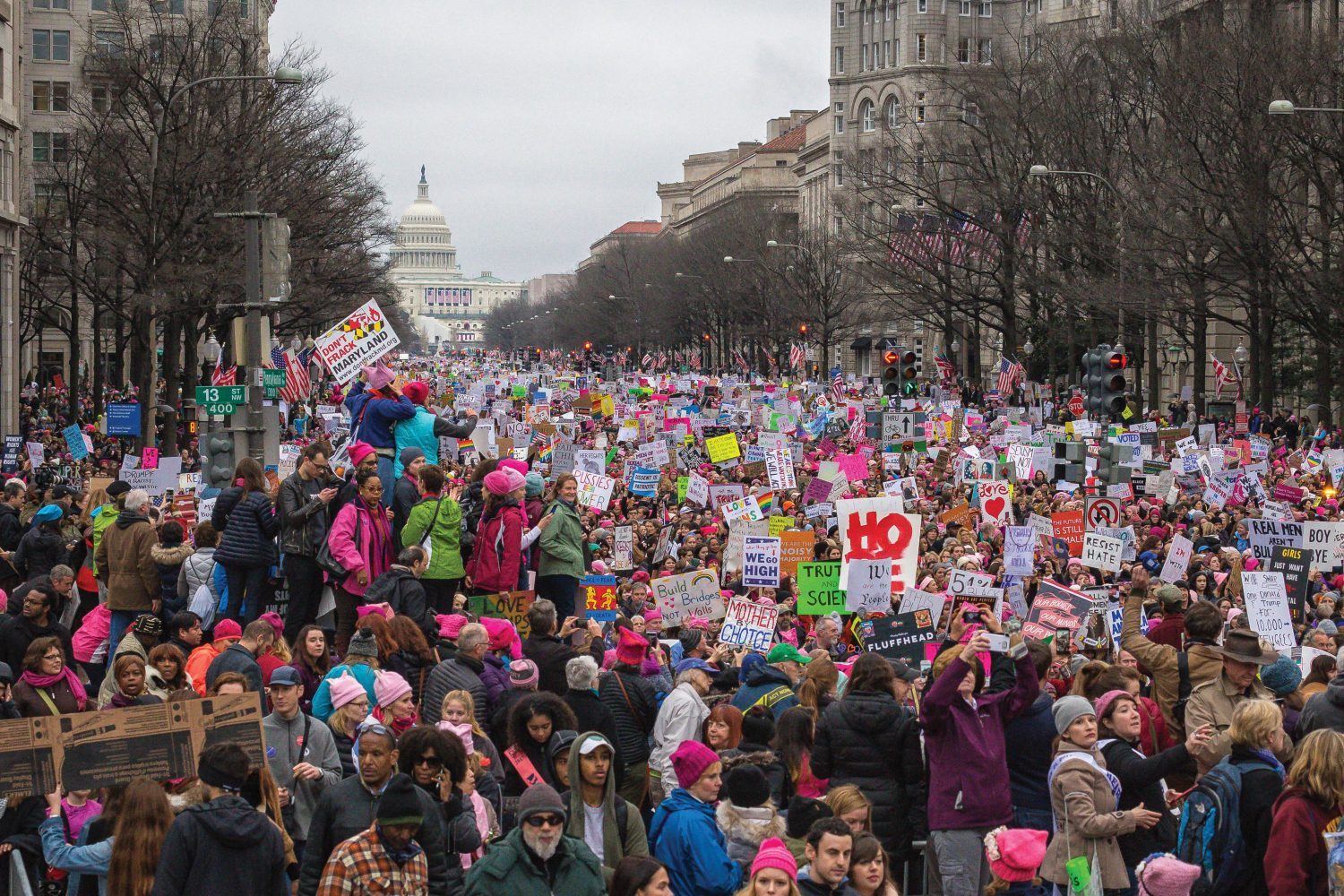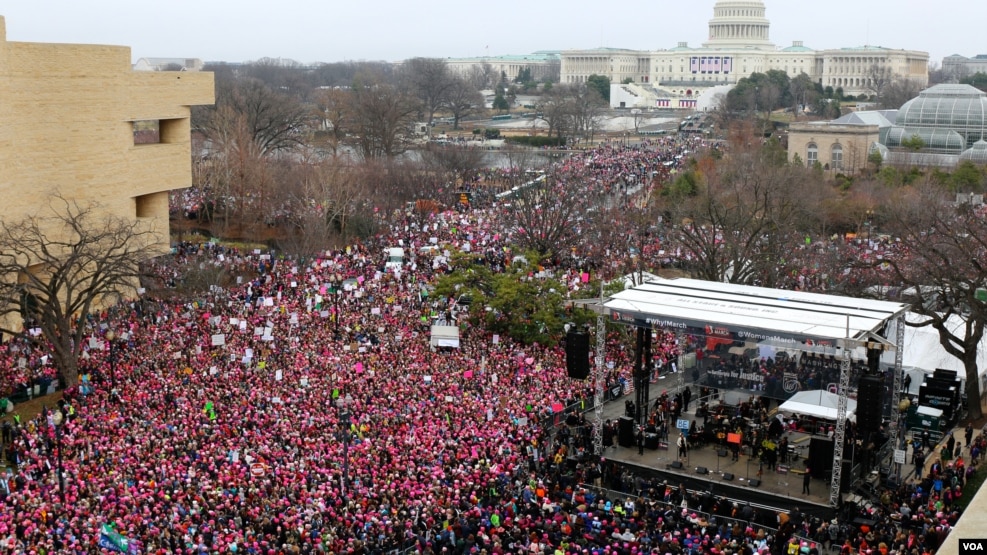“Women’s” march: white feminism in Washington


On Jan. 21, millions of people came together across the globe to advocate for women’s rights. The main march that took place in Washington, the day after Trump’s inauguration, was recorded as the largest mass march in American history. These peaceful protests were concerned with women’s rights to their bodies, reproductive rights, gender-based violence and overall gender equality.
I love that these people were passionate enough to go out of their way to have their voices heard, as they know that the government and society as a whole are not respecting personal rights.
I find the concept of the march inspiring, especially since there is currently a trend of girls attacking each other, especially through social media. Instead of “slut-shaming” or body shaming, women are working together for their own greater good.
Another great aspect about this march is that these women are standing up not only for their individual rights, but also for the rights of all women internationally.
In North America, we are not exposed to some of the horrible realities of women in other places in the world. There are many women and young girls in other countries that are denied basic rights such as not receiving an education or being sold as child brides.
It’s wonderful to see so many people standing up for those who can’t have their voices heard.
When I was reading up on the march, I discovered that it might not have been as successful as I initially thought. I found many testaments of minortized women who felt as if their own rights had not been respected and recognized at the march.
Many of the women that were participating in the march were white and did not seem to account for the different circumstances of women of colour, which made minoritized women feel like they weren’t welcome.
I came across an example of this exclusion from an Indigenous woman named Sydne Rain. Rain tweeted out her experience of the march, saying that she, along with some fellow Indigenous women, participated in the march to protest colonization and matters regarding their land.
This quickly caught the attention of white women, who were also participating in the women’s march, and began to act very ignorantly such as taking pictures of the Indigenous women without asking for consent, as well as mocking their culture.

Trans women were also excluded from the march. There were a lot of protest signs relating to female anatomy, suggesting that women can only be defined by their biology. These signs were not validating trans women as “true” women and, in turn, did not validate their own rights.
These are just a couple of examples from the numerous of stories that are floating around the internet.
While at first I loved the idea of the marches, hearing these testimonies and stories broke my heart. This march was an opportunity to be inclusive, yet failed to do so. As a white woman myself, I will never truly understand how it feels to be marginalized, but I still believe that everyone has a fundamental right to be treated with respect.
We must update our feminist views so that they are inclusive to all genders and their own concerns. Our fight for equality is far from over and I encourage everyone to educate themselves so that we can be more inclusive while celebrating our diversity.


